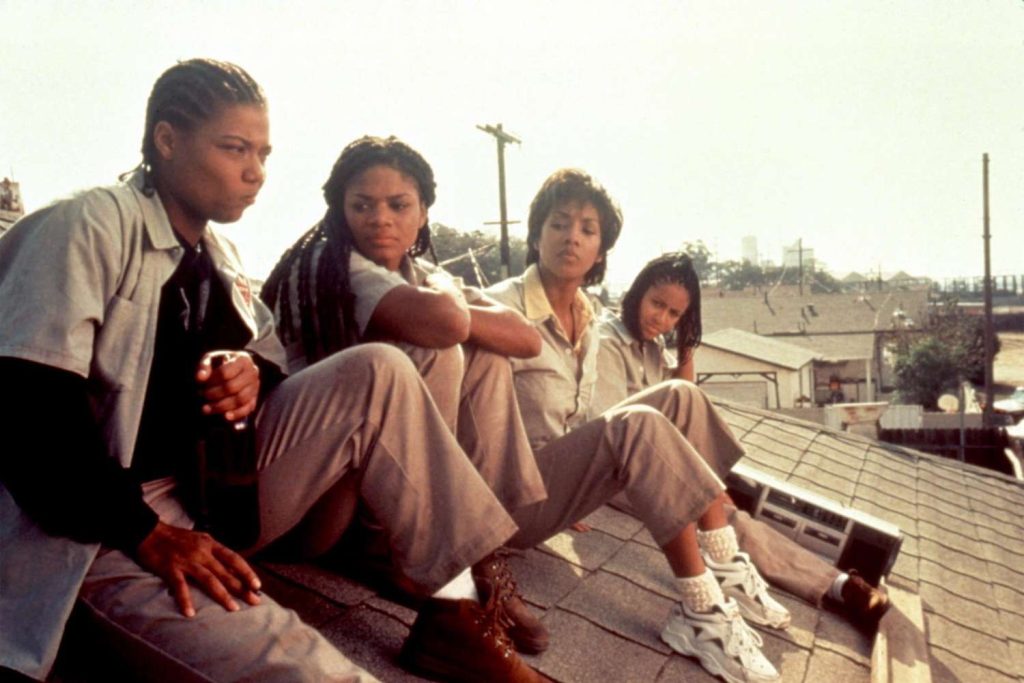Personal Influence: Social Process Theory & Crime
The main focus of social process theory is how our surroundings and the people in our lives affect the decisions we make, such as whether or not we abide by the law. It implies that people can learn about crime through their interactions with peers, family, and friends—it’s not simply about bad choices or personal conduct. In other words, how we are treated and who we spend time with can have a big impact on how we behave.
To break it down character by character this is what it looks like:
Stoney – Labeling Theory
- Background: She is attempting to keep her family together after her parents passed away. She strives for improvement.
- What pushed her? After her brother is killed by the police, she starts to lose hope and begins to believe what the world has always hinted—that people like her were never meant to make it.
- Key Scene: Her breakdown after his death makes it painfully clear how the weight of trauma and being constantly judged took a toll on her, pushing her toward choices she might not have made otherwise.
Cleo – Differential Association
- Background: Loyal, fearless, and street-smart. Cleo’s always been in survival mode the entire movie.
- What pushed her? She was raised in a culture that required respect to be earned. Being tough was necessary for survival, and she eventually realized that crime was simply a fact of life. She learned the rules from the streets, and others around her ensured that they stayed with her.
- Key Scene: Her happiness during the robbery demonstrates how she views crime as usual.
Frankie – Labeling Theory
- Background: Once a professional banker with big goals.
- What pushed her? One assumption ruins her life. She’s labeled a criminal and then becomes one.
- Key Scene: The day she’s fired is the day she stops believing in second chances.
T.T. – Social Learning Theory
- Background: A quiet, kind-hearted single mom who tried her best for her son.
- What pushed her? She learns through the others that maybe robbing banks could get her child back and help her start over.
- Key Scene: Her emotional breakdown prior to joining the team symbolizes her internal conflict—she never chose this life but feels forced into it.
These women didn’t dream of becoming criminals, they were shaped by the world around them. The way they were treated, the struggles they faced, and the people in their lives all played a role in the choices they made. It wasn’t about wanting to break the law, it was about trying to survive when it felt like the system gave them no other way.
